21+ MLA Format Quote Examples to Download
In the realm of academic writing, understanding and correctly applying citation styles is crucial. This article provides a comprehensive guide on creating MLA format quotes, with over 21 examples in various formats such as PDF. We will also delve process-step-by step into writing an MLA format quote, answer some frequently asked questions, and provide links to related articles for further reading.
1. Introducing MLA Style Quote

smc.edu
2. MLA Format Quote
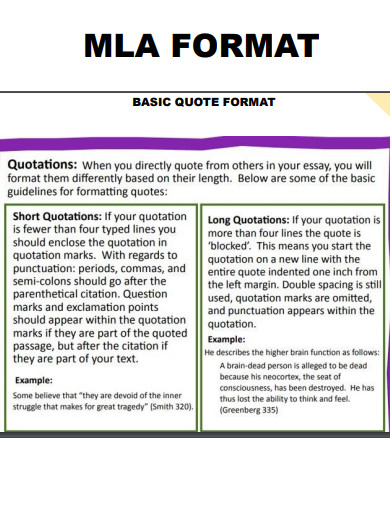
assumptionlions.com
3. MLA Format Direct Quote
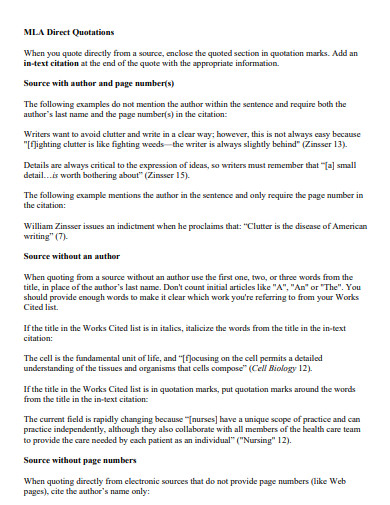
resources.finalsite.net
4. MLA Format Integrating Quote
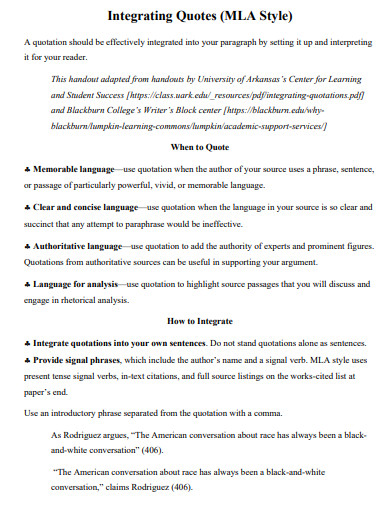
sac.edu
5. MLA Format in-Text Citation Quote
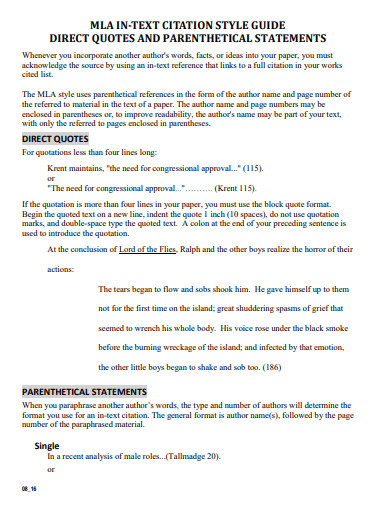
morrisville.edu
6. MLA Format Citation Quote
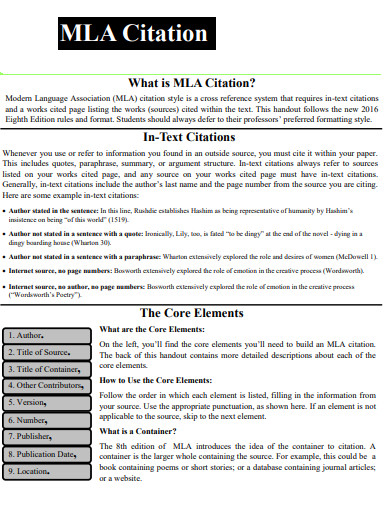
massasoit.edu
7. MLA Format Quote Example
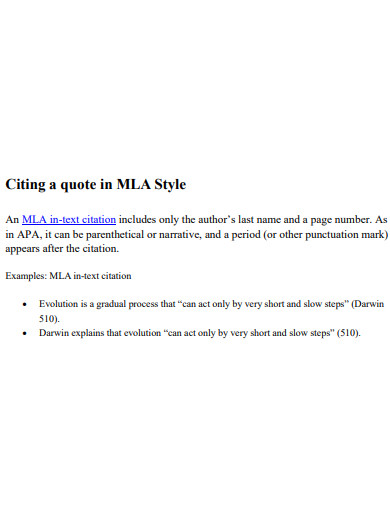
eniec.cug.edu.cn
8. MLA Format 8 Style Guide Quote
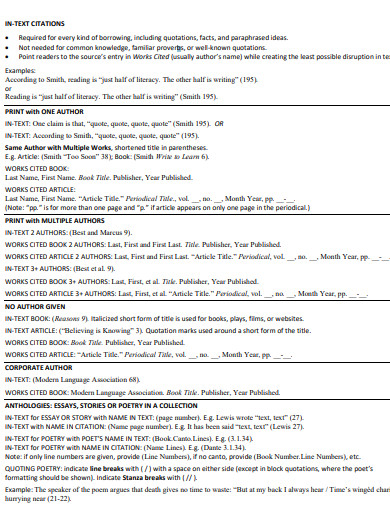
tbcs.org
9. MLA Format 8 Block Quote
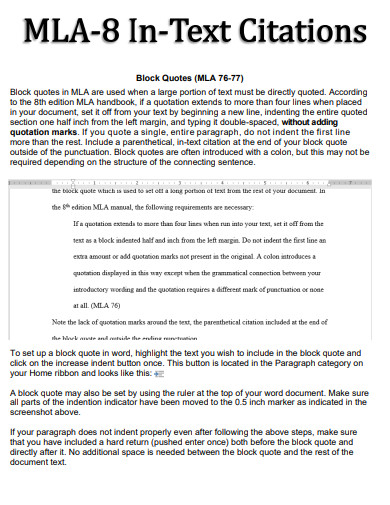
shsu.edu
10. MLA Format Short Quote
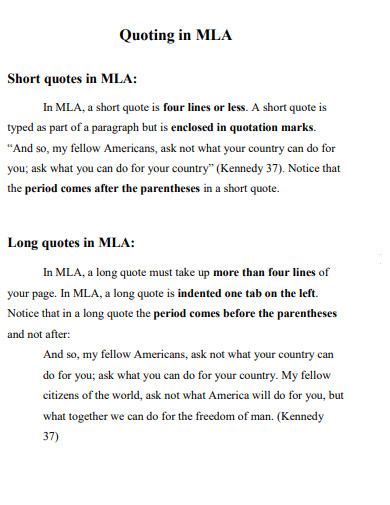
ius.edu
11. MLA Signal Phrases for Quote
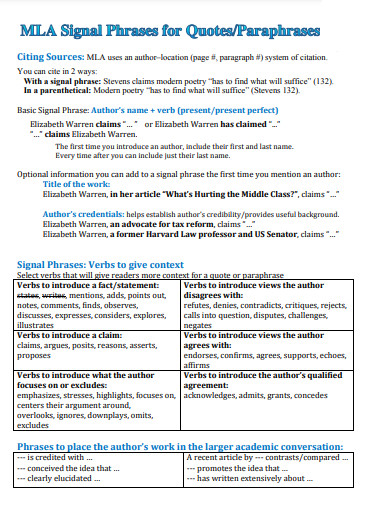
antioch.edu
12. MLA Format Quotation
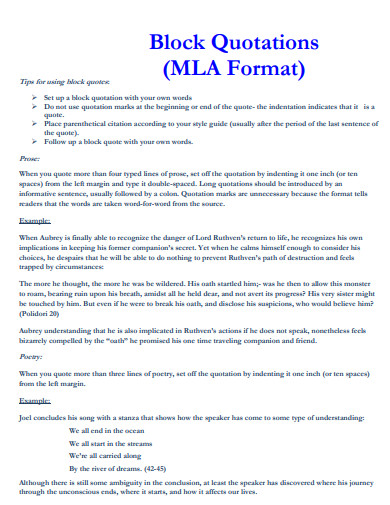
sitesmedia.s3.amazonaws.com
13. MLA Format Quote Template
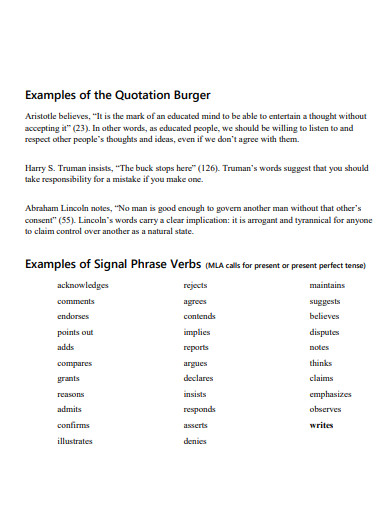
yvcc.edu
14. MLA Format Long Quote
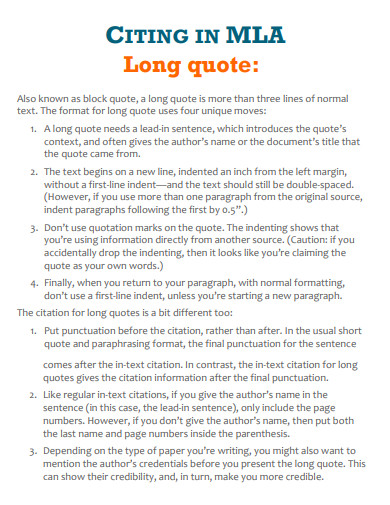
potsdam.edu
15. MLA Format Documentation Style Quote
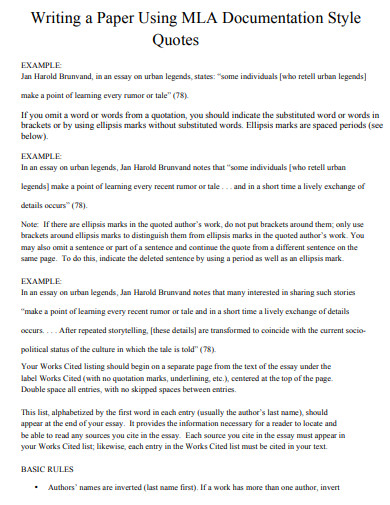
cuesta.edu
16. MLA 9th Quote
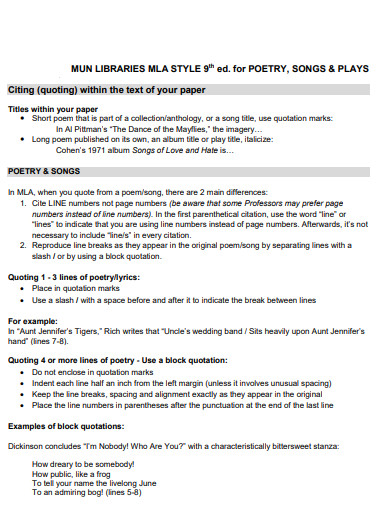
library.mun.ca
17. Simple MLA Format Quote
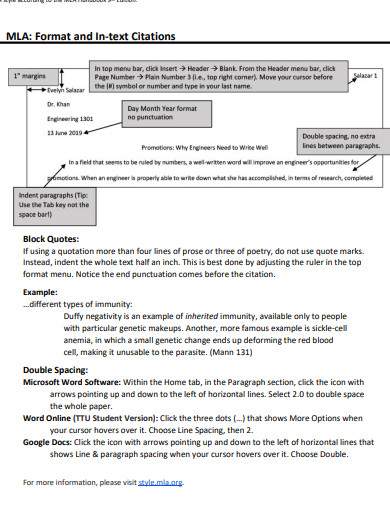
depts.ttu.edu
18. Citing Direct MLA Format
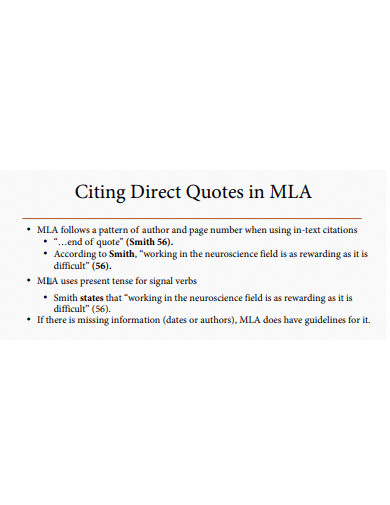
cmich.edu
19. MLA Quote Integration
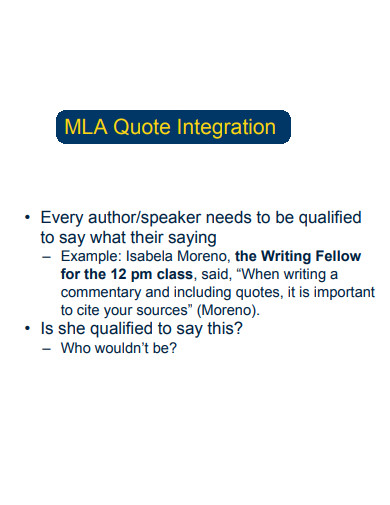
merrimack.edu
20. MLA Quotes and Paraphrases
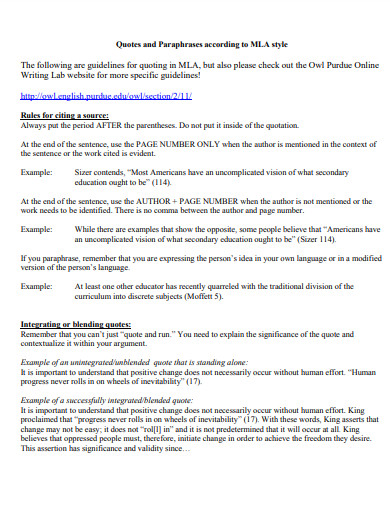
shanleyenglish.weebly.com
21. MLA General Formatting Quotes

apsu.edu
22. MLA Double Spacing Quotes
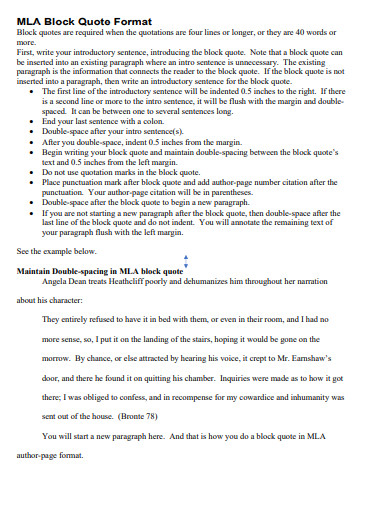
sanjac.edu
What is MLA Format Quote?
How to create an MLA Format Quote
Before we delve into the steps of creating an MLA format quote, it’s essential to understand its importance. Proper citation not only gives credit to the original author but also lends credibility to your work.
Step 1: Identify the source:
The first step in creating an MLA format quote is to identify the source of the information. This could be a book, a journal article, a website, or any other type of source.
Step 2: Use parenthetical citation:
After quoting or paraphrasing the source in your text, you need to include a parenthetical citation. This usually includes the author’s last name and the page number from where the information was taken. For more guidance, refer to our article on ‘MLA in Text Citation‘.
Step 3: Create a corresponding entry in the Works Cited page:
Each parenthetical citation should correspond to an entry in the Works Cited page at the end of your paper. This entry provides full details of the source.
Step 4: Follow the correct format:
The format for the Works Cited entry varies depending on the type of source. For more information, check out our ‘21 + MLA Style Format in PDF‘ article.
What is an MLA format quote?
An MLA format quote is a citation style used in academic writing, where you use parenthetical citations within the text and a corresponding entry on the Works Cited page.
How do I create an MLA format quote?
To create an MLA format quote, you need to identify the source, use a parenthetical citation, create a corresponding entry on the Works Cited page, and follow the correct format.
Where can I find examples of MLA format quotes?
You can find examples of MLA format quotes in our ’21+ MLA Format Quote Examples in PDF’ article.
In conclusion, understanding and correctly applying the MLA format for quotes is crucial in academic writing. By following the steps outlined in this guide and utilizing the provided examples, you can accurately cite your sources and lend credibility to your work. For more information, check out our articles on ‘Research Paper Format‘, ‘26+ MLA Research Paper in PDF‘, ‘24+ MLA Annotated Bibliography in PDF‘, ‘23+ MLA Purdue Owl Example in PDF‘, and ‘MLA Bibliography‘.


